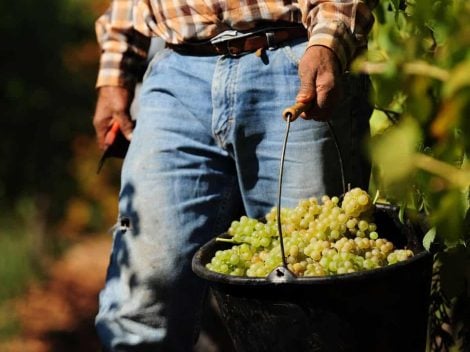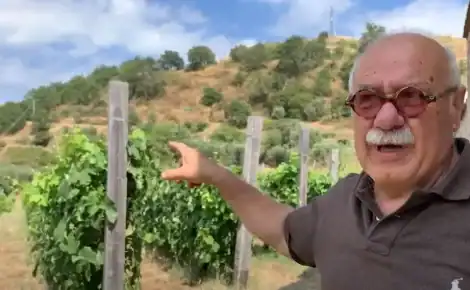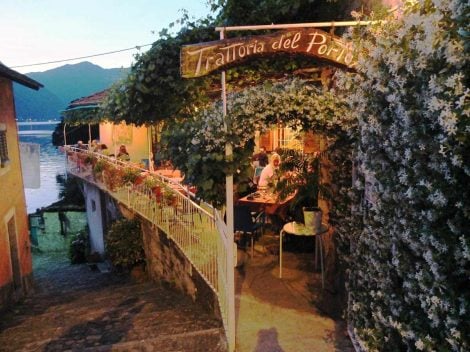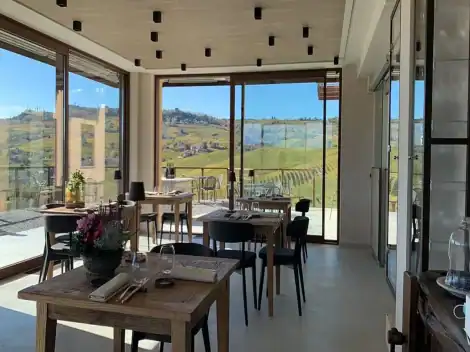It's the new frontier of Langhe and Roero: a taste that champions local ingredients and flavours, also drawing from Southern Italy. The chefs who have charmed the palates of those expecting the best of local tradition from this region are three from Campania and one from Apulia: professionals with significant backgrounds who bring a spark of contagious sunshine, drawing on acidic notes and childhood memories, to then return to Piedmont. Thanks to the brothers Giuseppe and Francesco D’Errico, Tommaso Fernando Forino, and Pasquale Laera, the flavours of today's Langhe and Roero are being gently shaped. These flavours aren’t better or worse than others; they simply offer a different perspective, elevating the tradition to higher levels while fully respecting its essence. Let’s get to know them.
A journey among the chefs who have conquered Langhe and Roero
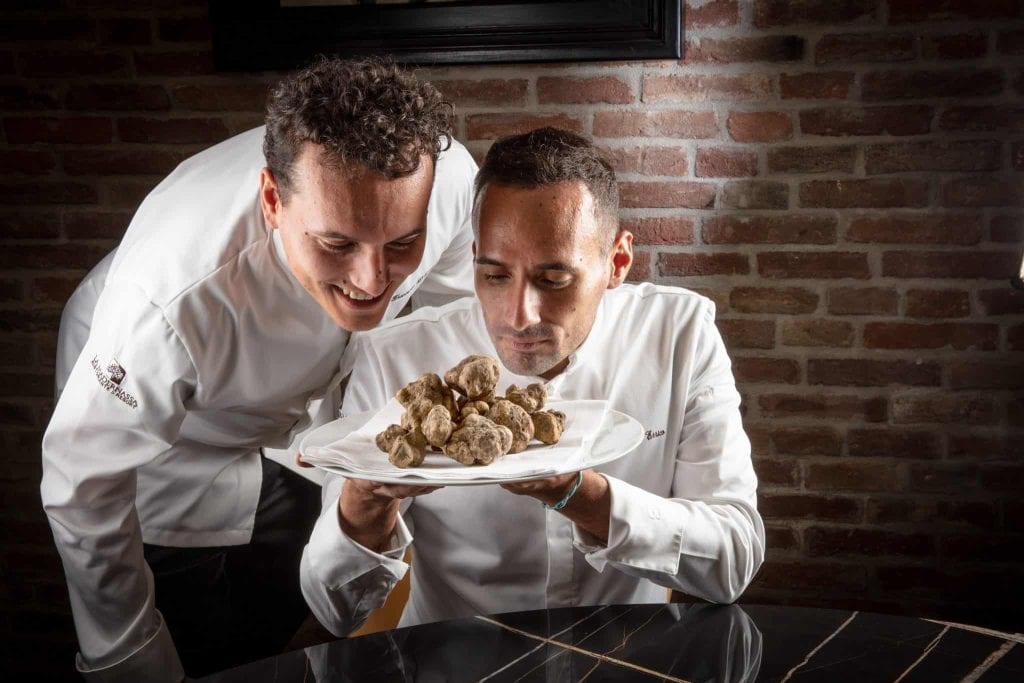
Giuseppe and Francesco D'Errico
La Madernassa
La Madernassa, located on the delicate boundary between Langhe and Roero, is led by brothers Giuseppe and Francesco D’Errico. The restaurant, named after the famous variety of pears growing in this area, includes a resort and a 15,000 square meter bio park where over 400 aromatic herbs are cultivated. In 2022, the chefs from Succivo (in the Caserta area) decided to settle here after studying at Gualtiero Marchesi’s Alma and gaining experience in important European kitchens, such as Maison Troisgros as sous chef for Michel Troisgros and Ornellaia in Zurich as executive chef, where Giuseppe was joined by his brother Francesco. The technique and elegance learned abroad have thus arrived in Roero, bringing culinary paths capable of enhancing local ingredients with a Campanian touch. This is evident in the more citrusy aspects of their refined yet indulgent cuisine, as seen in the “Here and Elsewhere” menu, dedicated to dishes that evoke both Piedmontese and Campanian traditions. Examples include the Salmon Trout Carpione served on a sweet and sour jelly, the Great Red (a Carnaroli rice cooked in tomato broth and seasoned with Pantelleria oregano powder and Taggiasca olives), or the Genovese: an onion ravioli stuffed with beef ragout, pecorino romano cream, and bay leaf oil.
Citrus fruits are a distinctive feature: “In the ‘Freehand’ menu,” explains chef Giuseppe D’Errico, “there’s a dish called ‘Unexpectedly Gentle.’ It’s egg pasta ravioli with a liquid hazelnut filling, paired with a praliné, Mazara red prawns, and served with a shellfish consommé and orange oil. The citrus, lemon in the sauces, gives some of our dishes that freshness and those sharp flavours that we develop with various acids and fermentations, balanced with salt, bitterness, and sweetness.” These elements are expressed in a constant blend, looking also to spices and the Eastern world, but where Piedmont and the Mediterranean coexist perfectly, as in the Taco with snails from Canale (purely local territory) paired with more exotic aromas like corn puree, lime, or chili, the Trota iriea del torrente Pesio (Iriean Trout from the Pesio stream - still in the province of Cuneo) cooked in oil on a soapstone and served with a pickled radish vinaigrette, horseradish, and nasturtium, or the Essence where a red mullet is paired with Cervere leeks (again local) and worked with beurre blanc and tarragon.
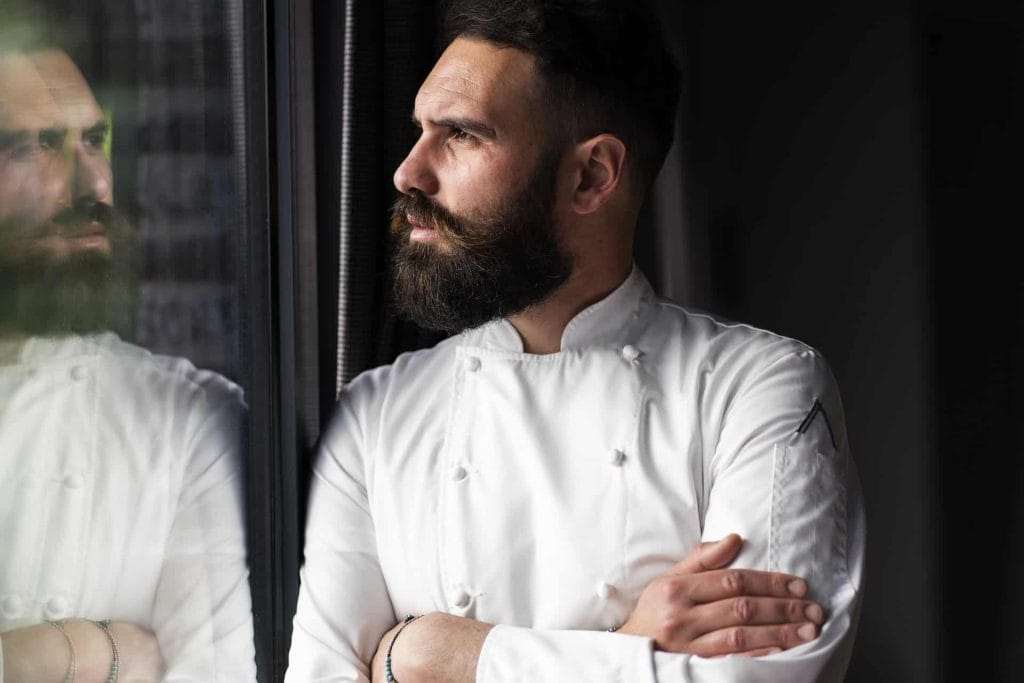
Osteria Arborina
It’s been just over a year since Fernando Tommaso Forino took the helm at Osteria Arborina in La Morra, the beating heart of Langhe and Barolo production. Here, within the relais with about ten suites and a pool overlooking the vineyards, Forino has found a place to express the facets of a cuisine capable of delivering clear and bold flavours in every dish. His experiences speak for themselves: the Campanian chef has worked in the brigades of important starred restaurants led by professionals like Anne-SophiePic,MichelBras, Nino Di Costanzo, or Andrea Aprea. Forino's cuisine is, first and foremost, about technique, flavour, and fun. With a pursuit of palate cleanliness often achieved through the use of acidity, he creates iconic dishes like Anchovies in Green or Sole Ceviche. “The cuisines of Piedmont and Campania have several common traits: both have humble bases and many ingredients have a Mediterranean matrix, such as anchovies, capers, or parsley. The use of acidity – explains Forino – I like because it stimulates the taste buds. I grew up using pickled items and elements of preservation like vinegar: here in Piedmont the thinking isn’t so different, just think of dishes like Giardiniera.” With this accent, dishes like Anchovies in Green, a clear homage to the territory and local icons like bagna cauda, are born. “We prepare a parsley salad – explains Forino – seasoned with a garum emulsion made from anchovy heads and bones, which we then mix with EVO oil, season with anchovy katsobushi powder, and let marinate for 46 days. We serve it with anchovies stuffed with bread crumbs and anchovy, topped with a white garlic cream based on vinegar, bread crumbs, caper leaves, and parsley oil extraction.”
Then there’s the Rabbit Tuna, glazed with an anchovy and caper sauce, garnished with dandelion flower and accompanied by fried artichoke and marinated egg, or a dish celebrating both Campania and Piedmont: a risotto creamed with butter and parmesan, covered with sumac and raspberry powder, with a rich Genoese ragout at its base. In short, between local products, technique, and merging cultures, Forino’s cuisine revisits common traditions but most importantly, “The South we tell – he explains – is visible in the spirit, in the hospitality, in the way the dining room is set without too much formality.” The chef also manages the bistro The Lab, located on the panoramic terrace of Osteria Arborina: here the à la carte choice ranges from Piedmontese classics like Tajarin, plin, vitello tonnato, to typical Italian dishes designed to be shared at the same table.
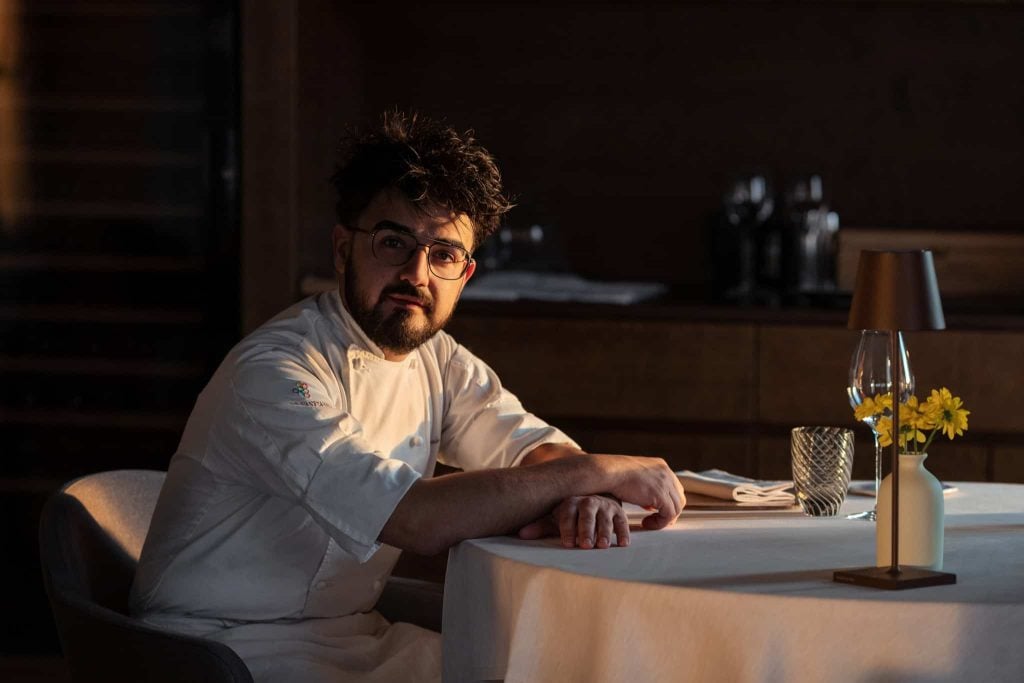
Borgo Sant’Anna
Chef Pasquale Laera, originally from Apulia, has chosen Piedmont as his second home. Here he decided to stay after experiences with Antonino Cannavacciuolo at Villa Crespi on Lake Orta and then at Boscareto Resort in Serralunga d’Alba, where he earned his first Michelin star. It is in Langhe, in Monforte d’Alba, that he opened his own venture in 2019. The location is superb: nestled among hills and rows of vines that seem to stretch infinitely, Borgo Sant’Anna is a place dedicated to hospitality and continuously evolving (plans include the creation of several rooms). The starred restaurant is divided into different rooms, and from the large windows of the main one, it seems, beyond the infinite hills, you can see the sea. Here, where in summer it’s possible to dine on the terrace overlooking the horizon, Laera's menu is a hymn to handed-down and revisited peasant knowledge, capable of telling both Piedmont and Apulia stories. “My cuisine – explains the chef – uses Northern Italian products but with typically Southern gestures. For example, the typical Piedmontese carpione, I propose with vegetables from my land: Apulia is present in my accent and everything I do, like in the lamb marinade that reminds me of what my mom used to make. Cooking, after all, preserves memories that are from the heart, from taste, and I always retain that peasant flavour which might have been my fortune.”
Thus, dishes like Pasta and Mussels or Shell and Shell are born: “To make this dish – continues the chef – I create a nettle cream typical of these parts: blending it gives me the sensation of seaweed aroma and when I taste it, I remember the rock on the sea. Here’s the South: the sea urchin sauce, the crab broth, the fried algae. You’re on the Langhe hills but, flavour-wise, you feel like you’re sitting by the sea.” With Piedmont, Laera has created a really intense bond through relationships built with farmers and breeders: “Because here you can breathe the countryside, and that’s what tied me most to the territory,” he adds. And so with Artichoke, Egg Yolk with Sorì, and Grilled Onions, Sweetbreads on the Grill, Lemon and Sorrel, Broad Beans, Mussels and Pecorino, or with the Hunting Solo: a menu dedicated to game offered all year round, reaching one of its highest expressions with Marinated Venison, Capers, Hazelnuts, and Caviar.
To enhance local products and flavours, in 2022 Laera opened another hospitality venue just above the hill of Borgo Sant’Anna: it’s called Lostu (osteria in the Piedmontese dialect that the Apulian chef has learned to understand and speak) and it’s designed as a place dedicated to ancient local recipes with a large cellar showcasing all the wines of Monforte d’Alba.

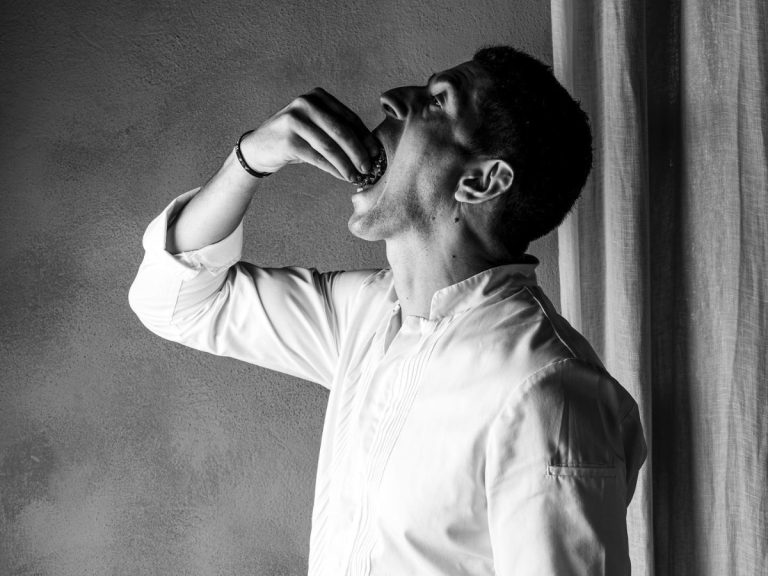
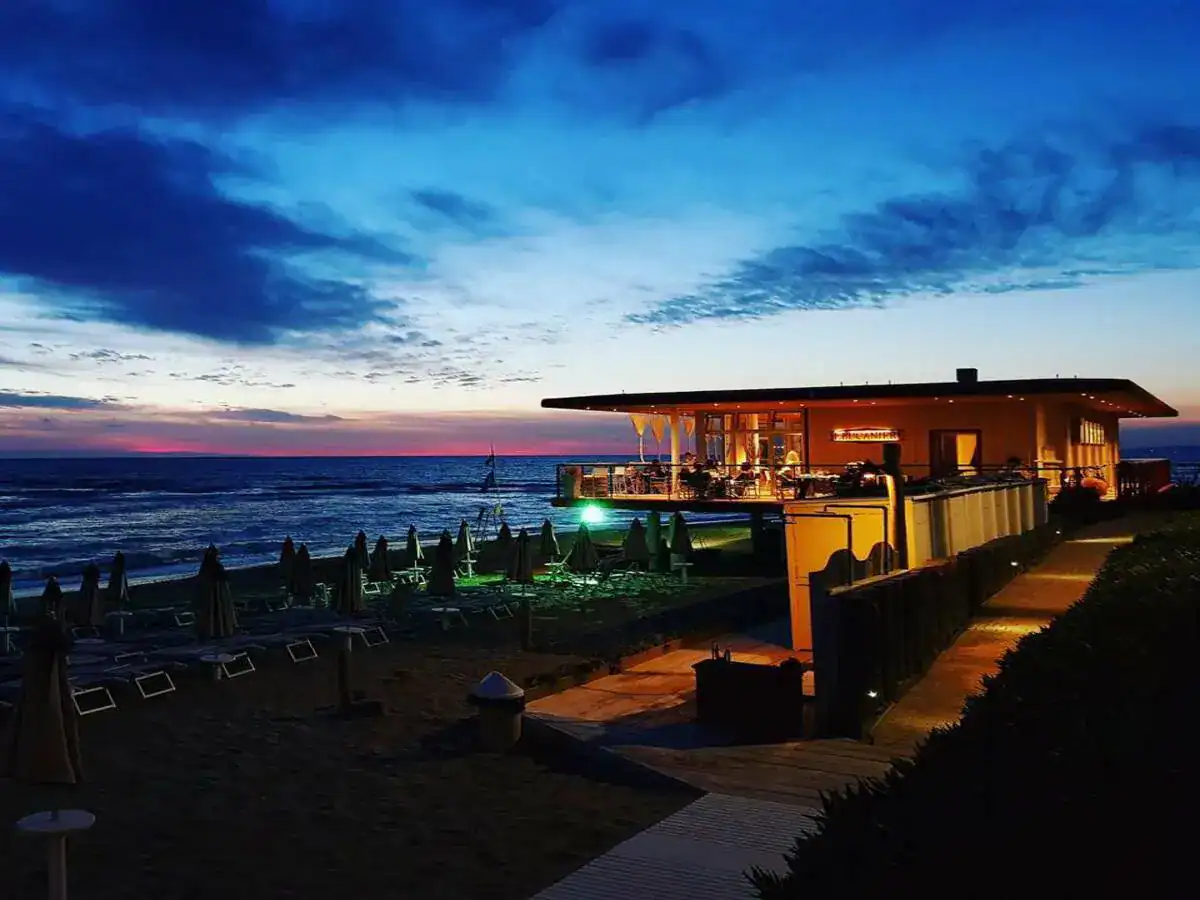 Eating by the sea in Tuscany. The best beachfront restaurants selected by Gambero Rosso
Eating by the sea in Tuscany. The best beachfront restaurants selected by Gambero Rosso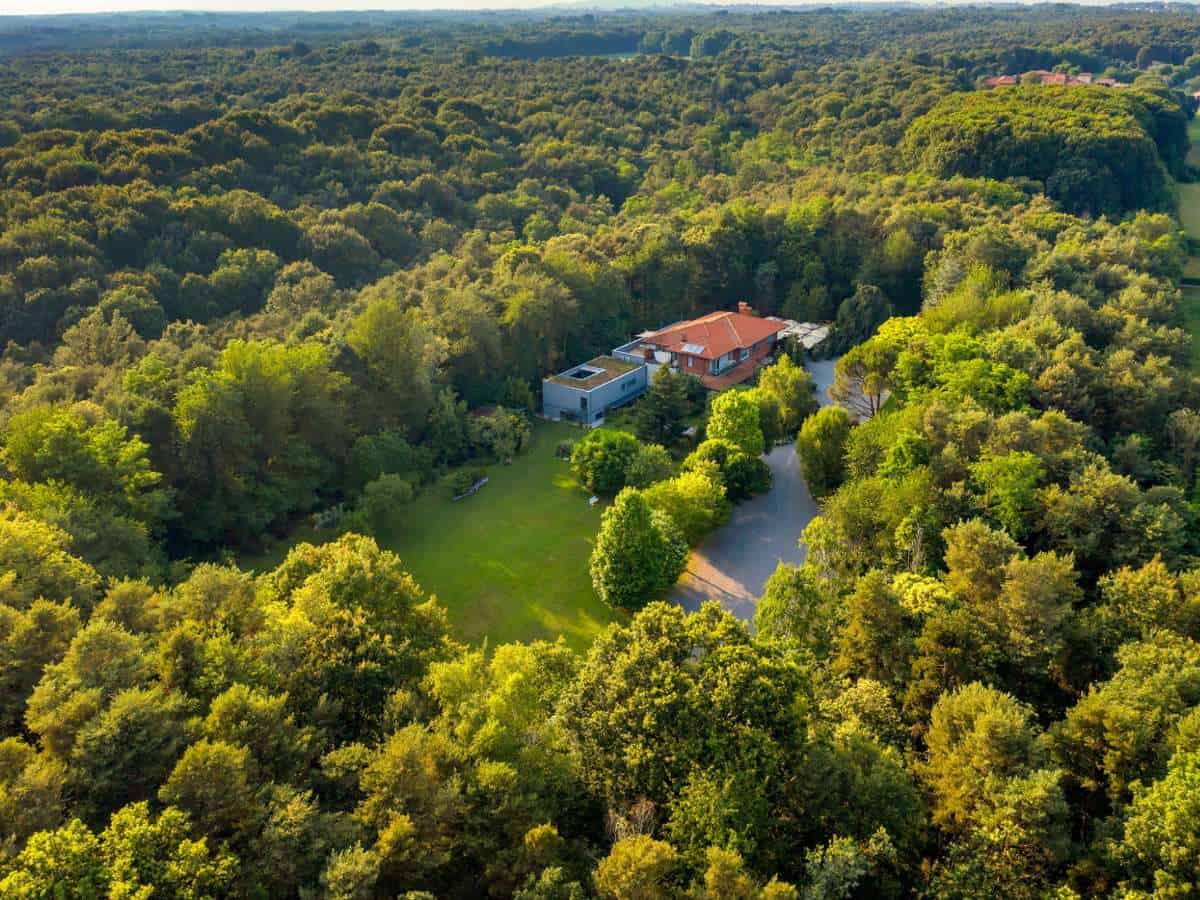 Contemporary cuisine, farmhouses and pinewoods. The hidden restaurant in the nature park near Como
Contemporary cuisine, farmhouses and pinewoods. The hidden restaurant in the nature park near Como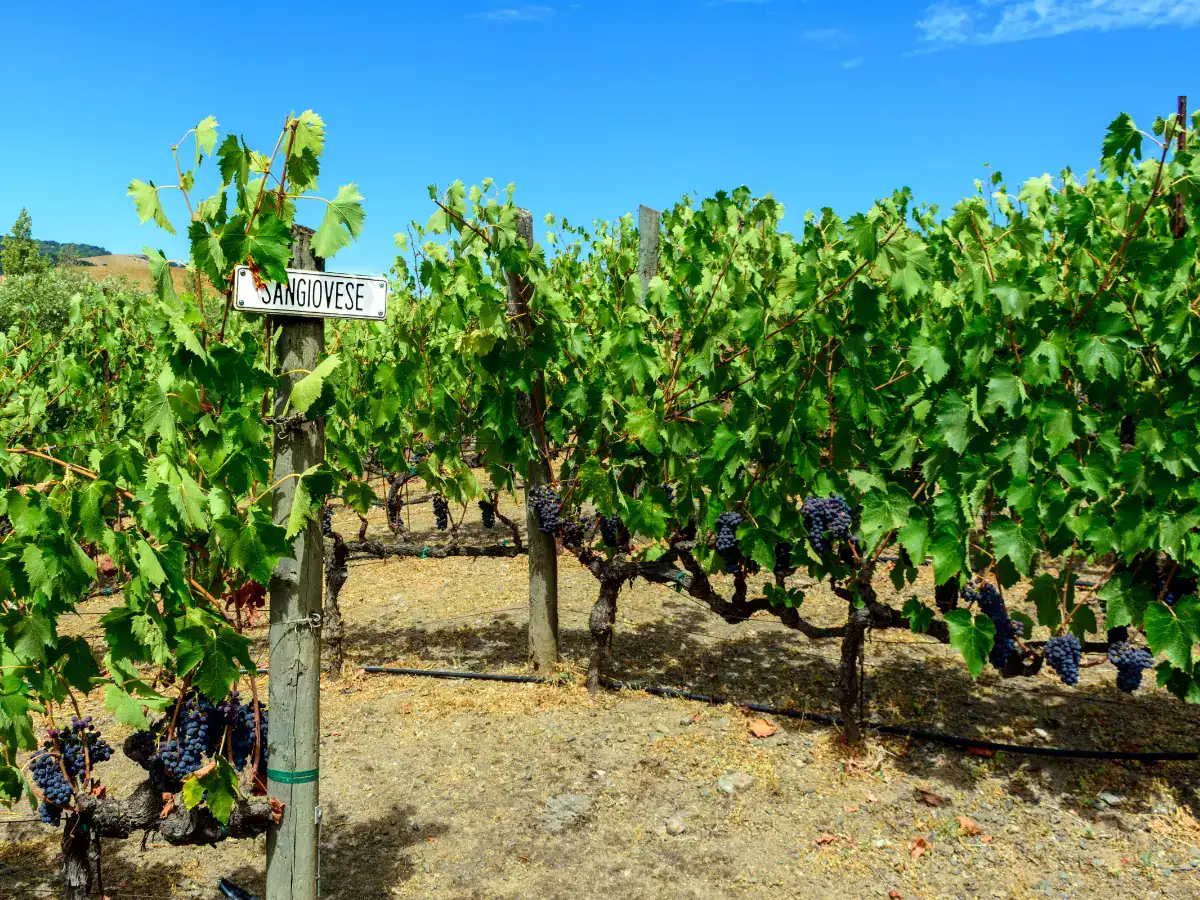 California rediscovers Sangiovese. A brief history of the revival of a forgotten grape variety in the United States
California rediscovers Sangiovese. A brief history of the revival of a forgotten grape variety in the United States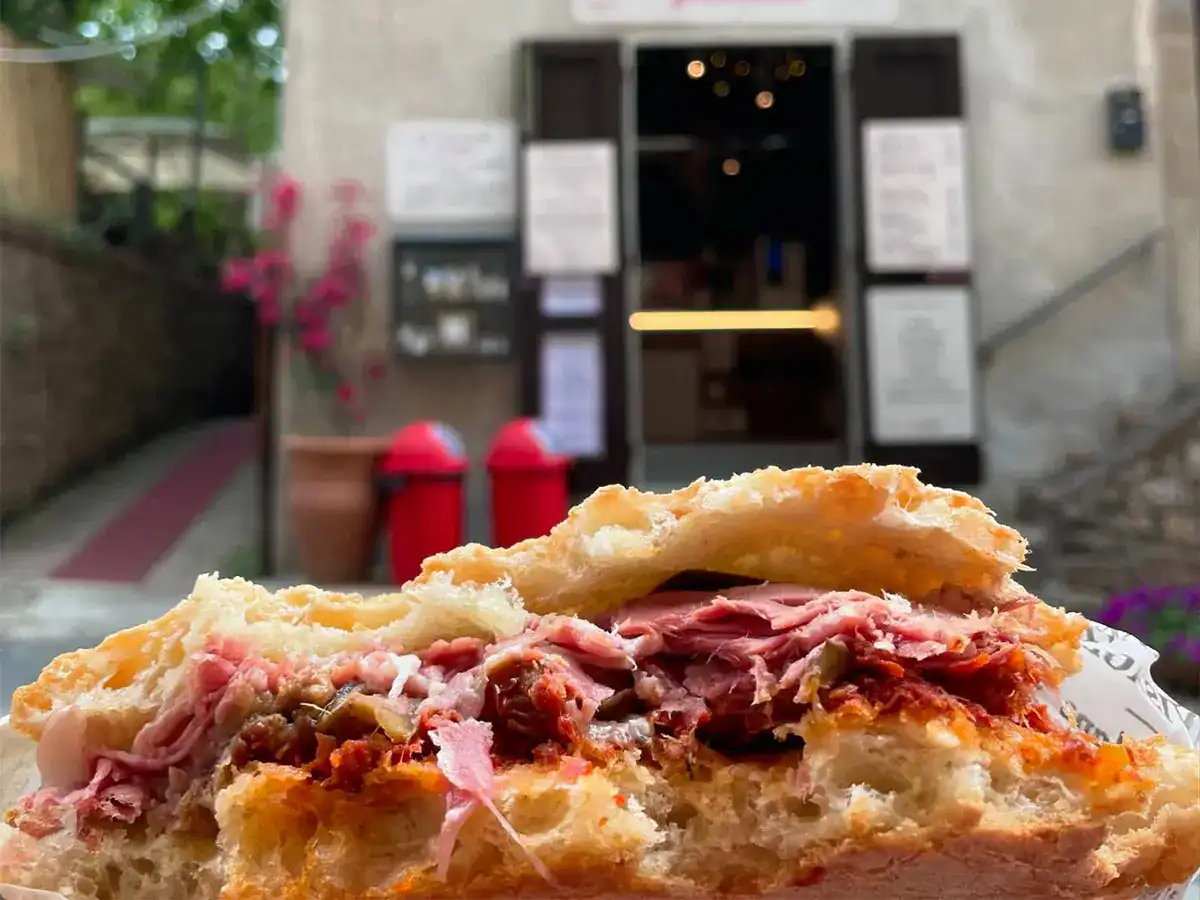 There’s a small shop in Tuscany making incredible stuffed sandwiches and focacce
There’s a small shop in Tuscany making incredible stuffed sandwiches and focacce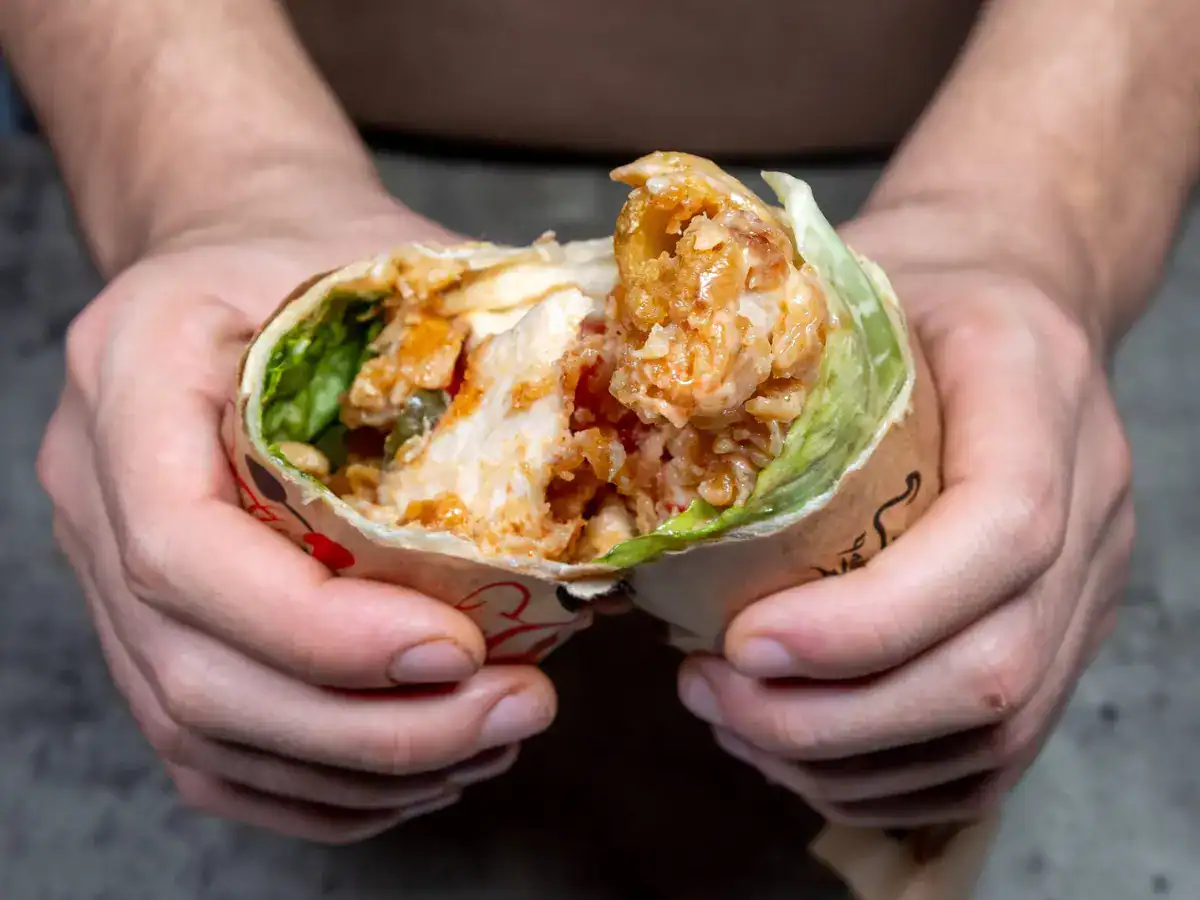 Gourmet maritozzi, Ascolana olives, and suburban pastrami: the unmissable street food of Italy
Gourmet maritozzi, Ascolana olives, and suburban pastrami: the unmissable street food of Italy
